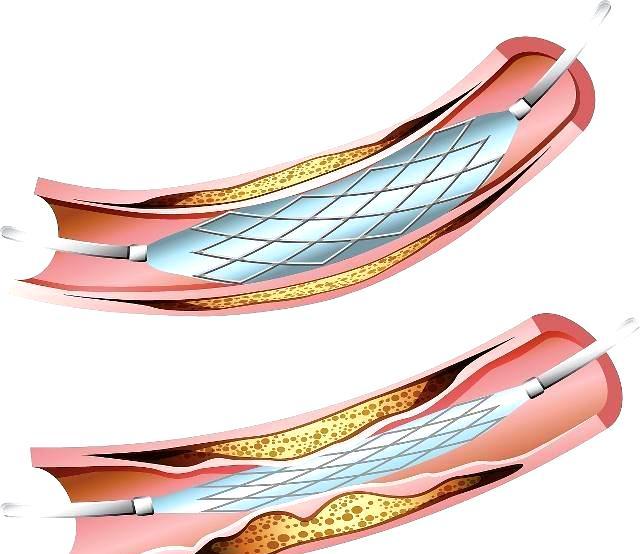Acute myocardial infarction, stenting or not?
In patients with acute heart attack, the need for a heart stent does not depend on the doctor or the patient. It needs to depend on the exact extent of the condition. Doctors will give different recommendations depending on the patient's own condition, and stenting is only one of them, so stent or no stent is not a fixed answer, but an optional one.

There are three general scenarios that patients typically experience when an acute heart attack occurs!
1, Thrombolysis
The hospitals in the patient's region have limited capacity to perform stent implantation, and thrombolytic therapy is needed to save the patient's life. This measure is not only medically inexpensive, but also less difficult to perform, and can be performed in the majority of hospitals.
2, Bracket
This is one of the most common first aid measures, the patient's acute heart attack suddenly, critical condition sent to the hospital, after all the examination to determine that the coronary stent implantation surgery can be carried out, and then immediately began to operate, artificial expansion of blocked blood vessels, to restore myocardial blood flow, to avoid the danger of occurrence.
3, Building bridges
When the patient's condition is critical and too severe for stenting (which does not have a good long-term outcome), a surgical consultation is needed for bypass surgery, which is a common emergency measure as stenting, but belongs to a different department, operates in a different way, and is much more dangerous and traumatizing.

In fact, there's no need to dismiss the stent too much!
Stenting is a kind of emergency surgery with fixed indications for clinical application. When you are involved in stenting, you are usually in a more serious condition, which may be life-threatening at any time, so stenting is used to help you save your life.
When your condition is in the early or middle stage, even if you want a stent, your doctor will not operate it for you, because stent implantation at this time will not only not help your condition recover, but will also accelerate the formation of plaque thrombosis due to stent implantation, which will bring about subsequent troubles.
The stent does not need to be removed after implantation. Although the stent can be removed by endovascular stripping surgery, it is dangerous and not necessary because the stent, once implanted, will gradually be covered by the endothelium, which is equivalent to merging into one, and will not bring about the situation that you may think of (such as the size of the stent does not fit, or the stent slips out of place, and so on), so please rest assured.

I hope my science will help you!
If there's anything you don't understand, let me know in a private message!
This question and answer are from the site users, does not represent the position of the site, such as infringement, please contact the administrator to delete.